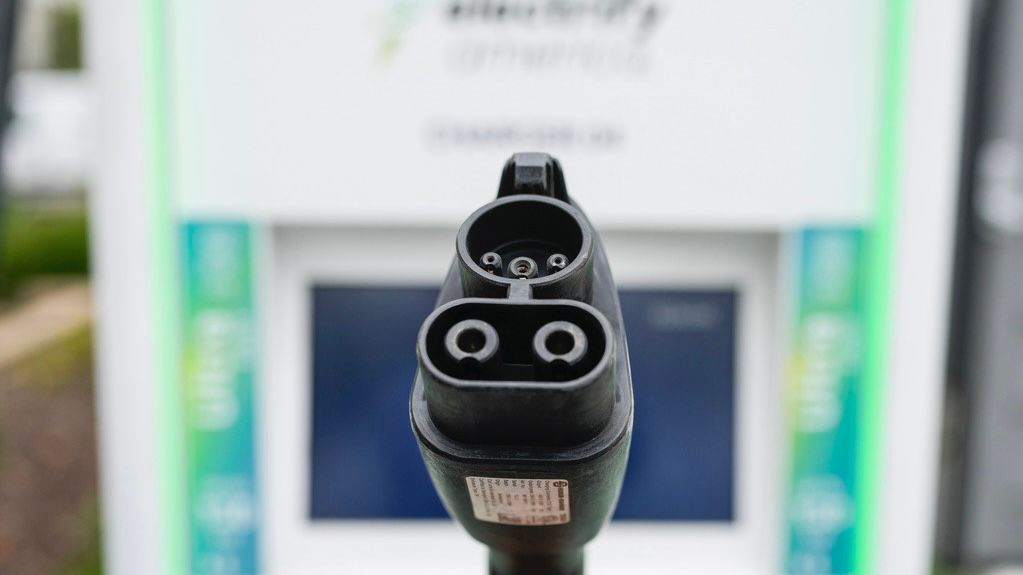Electric vehicle adoption has long been a chicken-and-egg problem. Buyers say they’re concerned about finding places to recharge, while local, state and federal governments are investing millions to build out charging networks. Still, the number of chargers remains largely insufficient.
Only a handful of states have the ideal ratio of chargers to EVs, according to a new study from the location data firm HERE Technologies and the global auto research firm SBD Automotive.
For its index, researchers looked at how far a person must drive to find a charger and how quickly the charge happens once there. It also looked at the ratio of EVs on the road compared with gas-powered vehicles, as well as the likelihood of finding an EV charger that is available when it’s needed.
The report found that eight to 12 EVs per public charging point is the ideal ratio for most areas to make charging easy and seamless. By those criteria, only Washington, D.C.; Connecticut; and Vermont have enough charging infrastructure.
California, which has nearly 1 million registered EVs and one of the most developed charging networks in the country with more than 46,000 chargers, ranks 10th among the states, having nearly 20 EVs for every one charger.
Alaska ranks last, followed by Arkansas, Idaho, Tennessee, Nebraska and Texas.
“While the maturity of charging infrastructure in each state generally follows population density and wealth, the index clearly demonstrates that external factors such as government incentives help equip lower-density areas with much-needed charging capacity,” SBD Automotive EV Principal Robert Fisher said in a statement.
“Charge point operators and regulators must continue to monitor the ratio of EVs to charging stations and power availability to the size of the EV fleet in communities and along corridors to ensure a seamless ownership experience as EVs go mainstream,” he continued.
EVs currently make up 8% of auto sales, according to Kelley Blue Book. The Biden-Harris administration has set a goal to make half of all new vehicle sales in the U.S. zero emissions by 2030 and to build 500,000 chargers to make EVs accessible.
According to the U.S. Department of Energy, the number of electric vehicle charging ports in the country almost doubled over the past three years to 192,000. The agency said about 1,000 new chargers are being built every week.
The Pew Research Center says 60% of urban Americans live within a mile of a public charging station, compared with 41% of people who live in the suburbs and 17% of people who live in rural areas.

